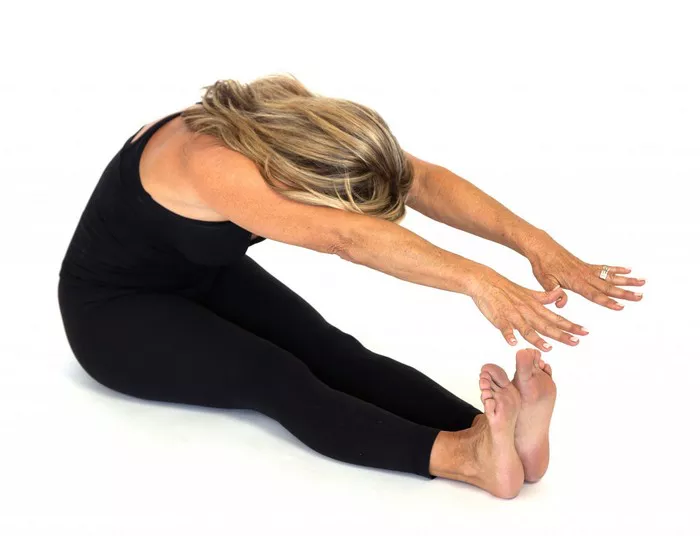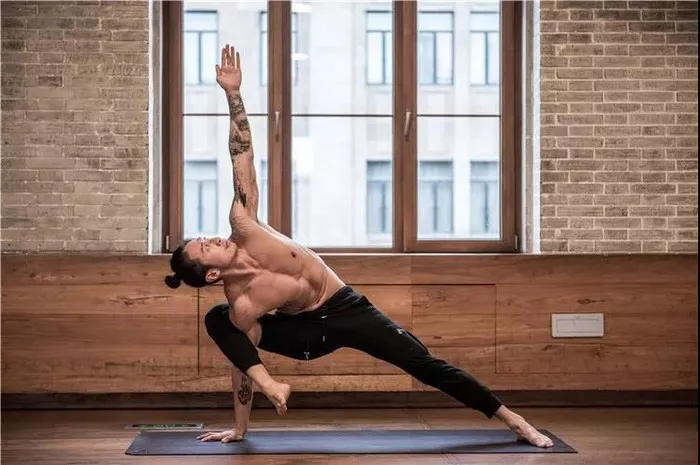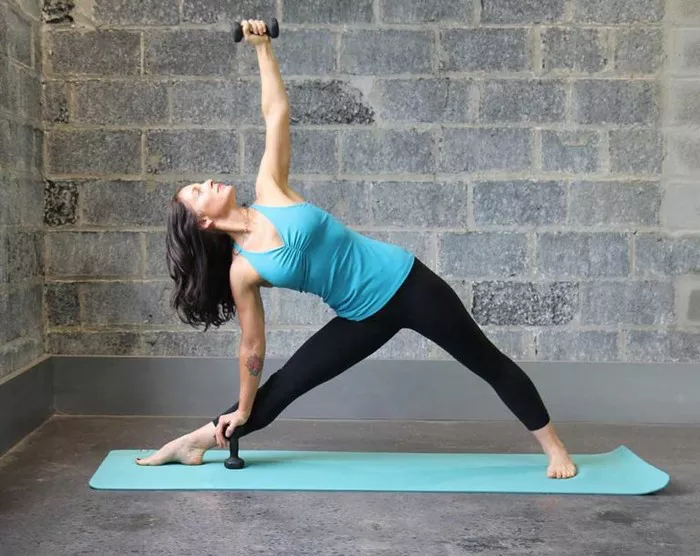In the ever-expanding realm of yoga practices, two styles have gained significant popularity: Vinyasa and Bikram. While both offer numerous health benefits and contribute to overall well-being, they differ significantly in their approach, sequences, and philosophies. Understanding these distinctions is crucial for practitioners seeking to align their practice with their individual needs and preferences. In this comprehensive exploration, we delve into the contrasting features of Vinyasa and Bikram yoga, shedding light on their unique characteristics, benefits, and considerations.
Origins and Philosophies
Vinyasa Yoga, often referred to as “flow” yoga, traces its roots to the ancient practice of Ashtanga Yoga. Developed by Sri Tirumalai Krishnamacharya and popularized by his student Pattabhi Jois, Ashtanga emphasizes synchronizing breath with movement to create a dynamic, flowing sequence of postures. Vinyasa builds upon this foundation, offering practitioners a creative and fluid approach to yoga. Each class is characterized by a continuous flow of poses, seamlessly transitioning from one to the next, guided by the rhythm of the breath.
Bikram Yoga, on the other hand, follows a more structured format. Founded by Bikram Choudhury in the 1970s, this style consists of a fixed sequence of 26 postures and two breathing exercises, practiced in a room heated to approximately 105 degrees Fahrenheit with 40% humidity. Choudhury claimed that the heat enhances flexibility, detoxification, and healing, making it a distinct and intense form of yoga.
Sequence and Structure
One of the primary distinctions between Vinyasa and Bikram yoga lies in their sequence and structure. Vinyasa classes are characterized by variety and spontaneity, with instructors designing sequences that can vary widely from class to class. While there may be a general framework or theme, each session offers the opportunity for creative expression and exploration. This flexibility allows practitioners to experience a diverse range of poses and movements, keeping the practice engaging and dynamic.
In contrast, Bikram yoga adheres strictly to a predetermined sequence of postures, which remains consistent across all classes. The sequence, comprising a series of standing and seated poses, is designed to systematically work every part of the body, promoting strength, flexibility, and balance. This standardized approach offers a sense of familiarity and predictability for practitioners, allowing them to track their progress and deepen their understanding of each posture over time.
Environment and Atmosphere
Another significant difference between Vinyasa and Bikram yoga is the environment in which they are practiced. Vinyasa classes are typically conducted in a room with moderate temperature and humidity levels, providing a comfortable setting for fluid movement and breath work. The atmosphere is often characterized by music, dim lighting, and the soothing guidance of the instructor, creating a sense of relaxation and mindfulness.
In contrast, Bikram yoga takes place in a heated room, which can be challenging for some practitioners, especially those sensitive to high temperatures. The intense heat is believed to facilitate deeper stretching, increased circulation, and detoxification through sweating. However, it also requires careful hydration and awareness of one’s limits to prevent overheating or dehydration. The environment in Bikram classes is often characterized by intense heat, minimal distractions, and a strong emphasis on discipline and endurance.
Benefits and Considerations
Both Vinyasa and Bikram yoga offer a myriad of health benefits, ranging from improved flexibility and strength to stress reduction and mental clarity. However, the specific advantages may vary depending on individual preferences and goals.
Vinyasa yoga promotes dynamic movement and breath awareness, fostering a sense of flow and connection between mind, body, and breath. The creative sequencing allows practitioners to explore different poses and transitions, cultivating mindfulness and presence on the mat. Additionally, Vinyasa’s emphasis on continuous movement can enhance cardiovascular health and calorie burn, making it an effective option for those seeking a more vigorous workout.
On the other hand, Bikram yoga’s heated environment promotes deep stretching and detoxification, helping to release tension and toxins stored in the body. The fixed sequence of postures provides a structured framework for improvement and progression, allowing practitioners to track their development over time. The intense heat also encourages mental focus and concentration, as students learn to stay present and resilient in challenging conditions.
However, it’s essential to consider certain considerations and potential drawbacks associated with each style. In Vinyasa yoga, the fluid and dynamic nature of the practice may increase the risk of injury, particularly for beginners or those with pre-existing health conditions. It’s crucial for practitioners to listen to their bodies, modify poses as needed, and communicate openly with instructors to ensure a safe and sustainable practice.
Similarly, Bikram yoga’s heated environment poses risks for dehydration, heat exhaustion, and overheating, especially for individuals with certain medical conditions or sensitivities. Practitioners should prioritize hydration, take breaks as needed, and acclimate gradually to the heat to minimize these risks. Additionally, some may find the rigid structure of Bikram’s sequence limiting or repetitive, craving more variety and spontaneity in their practice.
Conclusion
In summary, Vinyasa and Bikram yoga offer distinct approaches to the ancient practice of yoga, each with its unique sequence, philosophy, and benefits. Vinyasa’s fluid and creative style emphasizes continuous movement, breath awareness, and mindfulness, providing practitioners with a dynamic and adaptable practice. In contrast, Bikram yoga follows a fixed sequence of postures practiced in a heated room, promoting deep stretching, detoxification, and mental focus.
Ultimately, the choice between Vinyasa and Bikram yoga depends on individual preferences, goals, and physical abilities. Some may thrive in the dynamic and exploratory nature of Vinyasa, while others may prefer the structure and intensity of Bikram. Regardless of the style chosen, cultivating a consistent yoga practice can contribute to improved health, vitality, and overall well-being. By understanding the differences between these two styles, practitioners can make informed choices that align with their needs and aspirations on the path to holistic wellness.




















